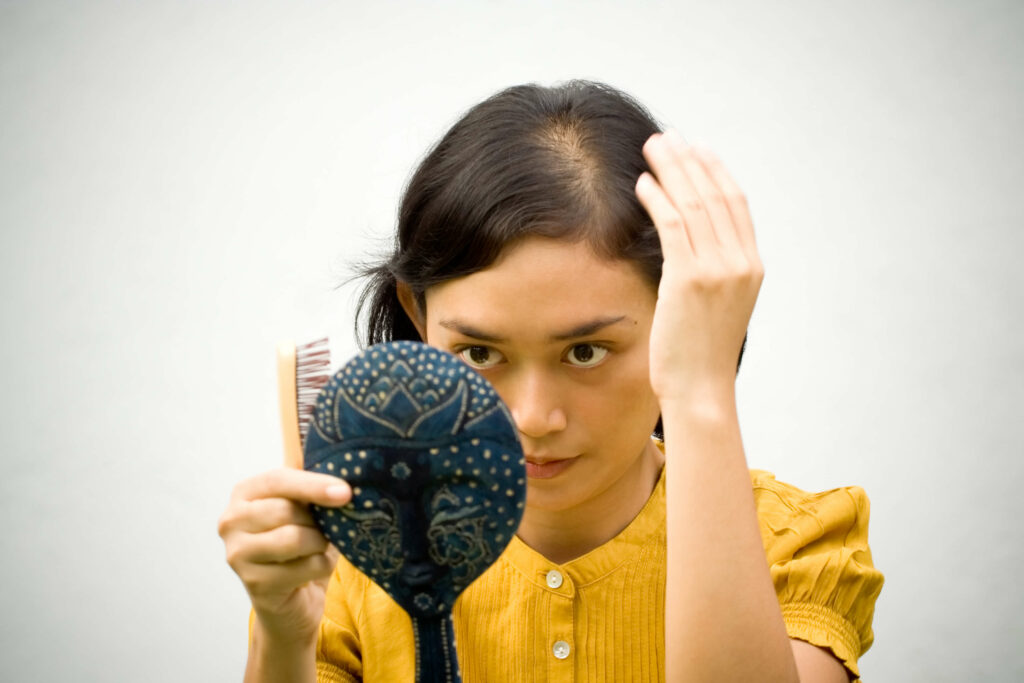Understanding Different Types of Alopecia
As we observe Alopecia Awareness Month this September, it’s crucial to understand that alopecia is not a one-size-fits-all condition. Alopecia, which simply means hair loss, can manifest in various forms, each with its own characteristics and challenges. In this article, we’ll explore some of the most common types of alopecia to raise awareness and foster understanding.
1. Alopecia Areata

Alopecia areata is perhaps the most well-known type of alopecia. It’s an autoimmune condition where the body’s immune system mistakenly attacks hair follicles, leading to hair loss. Key features include:
– Sudden hair loss in round or oval patches
– Can affect any hair-bearing area, but often starts on the scalp
– Hair may regrow and fall out again in cycles
– In some cases, it can progress to total scalp hair loss (alopecia totalis) or complete body hair loss (alopecia universalis)
2. Androgenetic Alopecia
Also known as male or female pattern baldness, this is the most common type of progressive hair loss. Characteristics include:
– Gradual thinning of hair on the scalp
– In men, often begins with a receding hairline and crown balding
– In women, typically presents as overall thinning, especially at the crown
– Influenced by genetics and hormones (androgens)
3. Traction Alopecia
This type of hair loss is caused by prolonged tension on the hair follicles. It’s often seen in people who frequently wear tight hairstyles. Features include:
– Hair loss in areas where hair is pulled tight (e.g., along the hairline or behind the ears)
– Often reversible if caught early and the hairstyle is changed
– Can become permanent if the pulling continues for an extended period

4. Telogen Effluvium

This temporary form of hair loss occurs when a significant number of hair follicles enter the resting (telogen) phase simultaneously. It can be triggered by:
– Severe stress, illness, or major life events
– Hormonal changes (e.g., after childbirth)
– Nutritional deficiencies
– Certain medications
Hair typically regrows once the underlying cause is addressed.
5. Cicatricial (Scarring) Alopecia
This group of disorders is characterized by permanent destruction of hair follicles, leading to scarring and permanent hair loss. It can be caused by various conditions, including:
– Lichen planopilaris
– Frontal fibrosing alopecia
– Discoid lupus erythematosus
Early diagnosis and treatment are crucial to prevent further hair loss.
Shedding Light on Types of Alopecia
Understanding these different types of alopecia is the first step in promoting awareness and empathy. Each form of hair loss comes with its own set of challenges, both physical and emotional. This Alopecia Awareness Month, let’s commit to learning more, supporting those affected, and advocating for continued research into treatments and cures for all types of alopecia.
Remember, if you’re experiencing unusual hair loss, it’s important to consult with a dermatologist or trichologist for proper diagnosis and treatment options.






